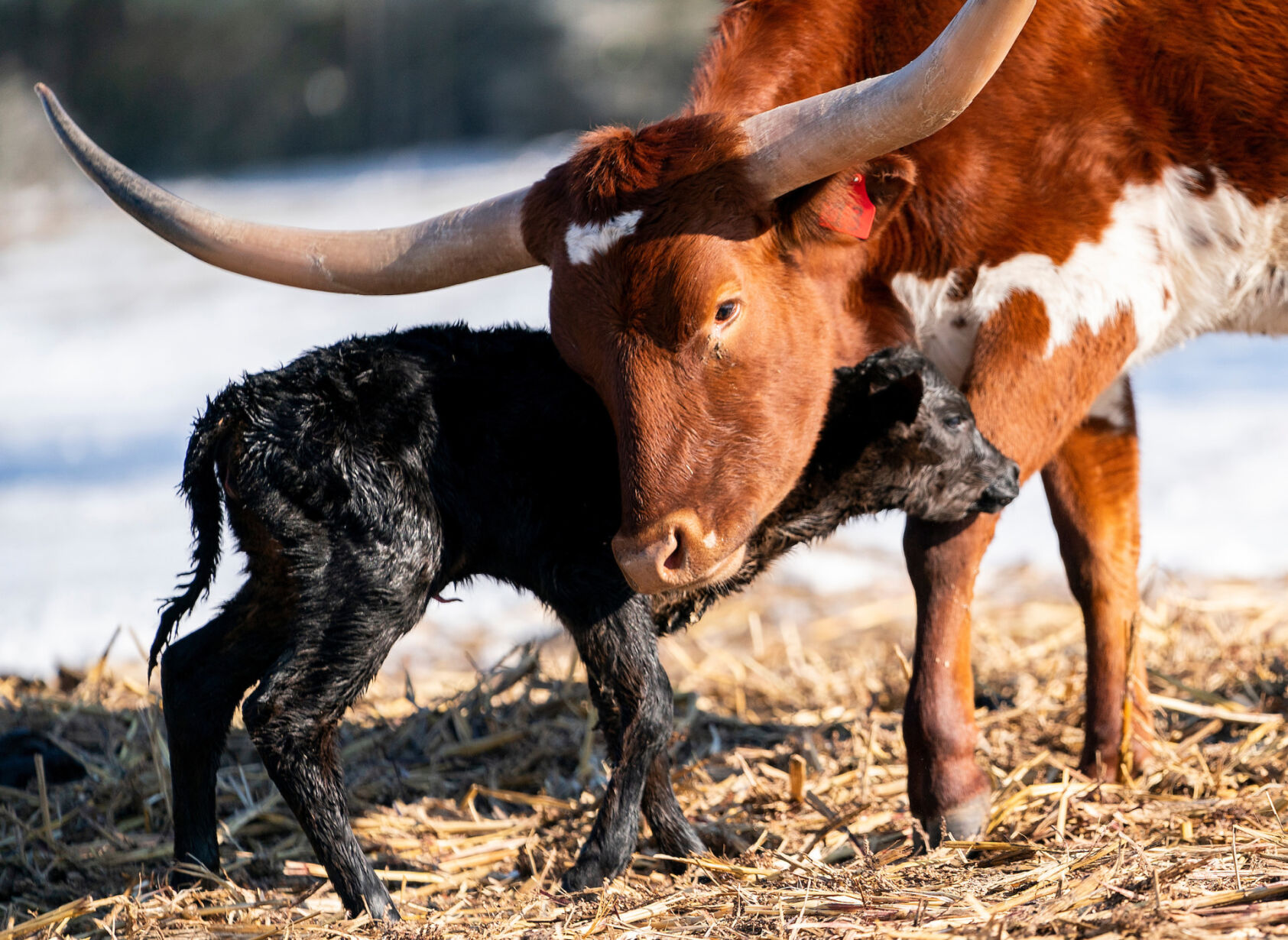Texas cattle producers should expect far better market conditions in 2021 despite recent disruptions and losses, according to Texas A&M AgriLife Extension Service experts.
David Anderson, Ph.D., AgriLife Extension economist, Bryan-College Station, said the Texas cattle market is recovering from the week-long winter storm and is still slowly rebounding from COVID-related price declines between March and July of last year. However, conditions appear to be aligning for producers to see price gains after all the turmoil.
Winter storms cause disruptions to the Texas cattle market each year, Anderson said, and despite the severity and duration of Winter Storm Uri, the market is expected to rebound similarly as logistics return to normal and herd health improves.
“We get winter storms every year, so we often see market disruptions due to weather,” he said. “If we get a storm in the Plains, and we can’t move cattle from feedlots to processing plant, you get a price disruption. If there are big storms in population centers like Chicago or the East Coast, and people aren’t able to go out to restaurants for a few days, it can disrupt prices. But those types of disruptions don’t last long.”
The winter storm caused widespread backups in the movement of cattle through the logistical supply chain from the producers’ inability to move cows to market. Trucks were also unable to deliver processed meat to grocery stores and consumers stayed home to avoid icy roads. Normalcy returned as the various links in the supply chain began moving.
For instance, cattle processing was down 54,000 head the week of the storm, but rebounded by 114,000 head the following week, Anderson said.
Cattle producers recovering from losses
Texas cattle producers’ recovery from the winter storm will take time, but Anderson said expected beef price increases through 2021 could reduce the long-term impact.
“Some producers lost cows and calves, and most fed a lot more hay and supplements to keep their cattle warm,” he said. “So, if ranchers doubled their ration of hay over the duration of the storm and you multiply that times the Texas herd of 4.7 million cows, then you’re talking a big number.”
Anderson’s conservative estimate of statewide livestock losses is $228 million, which includes sheep, goat, dairy and broilers. Ranchers also likely incurred damages to their operations, including equipment and water systems, and higher costs associated with extra hours and effort spent to help their herds survive.
There was also concern about the cost of weight losses and recovery, Anderson said. Animals were burning rations to stay warm rather than growing and adding weight during the frigid conditions.
Live weights for Texas and Oklahoma steers were 1,361 pounds before the storm compared to 1,251 pounds the week of the storm, a notable drop. Anderson said he expects weights post-winter storm to rebound, but weights may stay below last year.
Ron Gill, Ph.D., AgriLife Extension beef cattle specialist, Bryan-College Station, said the extremely low temperatures, snow and freezing rain will cause some weight losses in cattle. However, those type of losses are comparable to a heavy rain event causing mud bogs that cause cattle to expend more energy for movement, while cold and muddy compounds losses.
Gill expects some ranchers will experience lingering effects, such as calves born during the storm showing signs of lung development issues or frostbitten ears, which can cause discounts at sale barns. But he believes the majority of ranchers avoided severe losses because most operations prefer to schedule calving before and after February.
“South and East Texas are predominantly fall and winter calving, so most were on the ground by the end of January, and then others start a few weeks into March,” he said. “So, I think most cattle producers avoided major losses, but they still incurred higher costs and might have some lingering issues with individual animals.”
The winter storm’s effect on wheat grazing potential could also impact input costs more, Gill said.
Better than last year
Overall, Gill and Anderson said Texas cattle producers are better off than a year ago. COVID-19 caused a string of disruptions from restaurant closures to processing plant shutdowns that caused beef prices to nosedive.
Anderson said fed cattle prices were $94 per hundredweight by July compared to $119 per hundredweight this time last year. Fed cattle prices have continued a steady recovery to $114 per hundredweight after ending 2020 at $110 per hundredweight.
Both Anderson and Gill expect fewer cows and calves to be available throughout 2021 as the Texas herd contracts. That, combined with improved restaurant demand as COVID-19 vaccinations increase, could help prices maintain upward momentum.
“As far as inventory, we’re meeting demand, so we can serve our export demand, which helps producers, and supplies won’t be so high that they hurt domestic prices,” Gill said. “We’re in a much better position than last year because the system is working. That was the big issue with the COVID-19 disruptions, which had a much bigger impact than several days of weather disruptions.”




